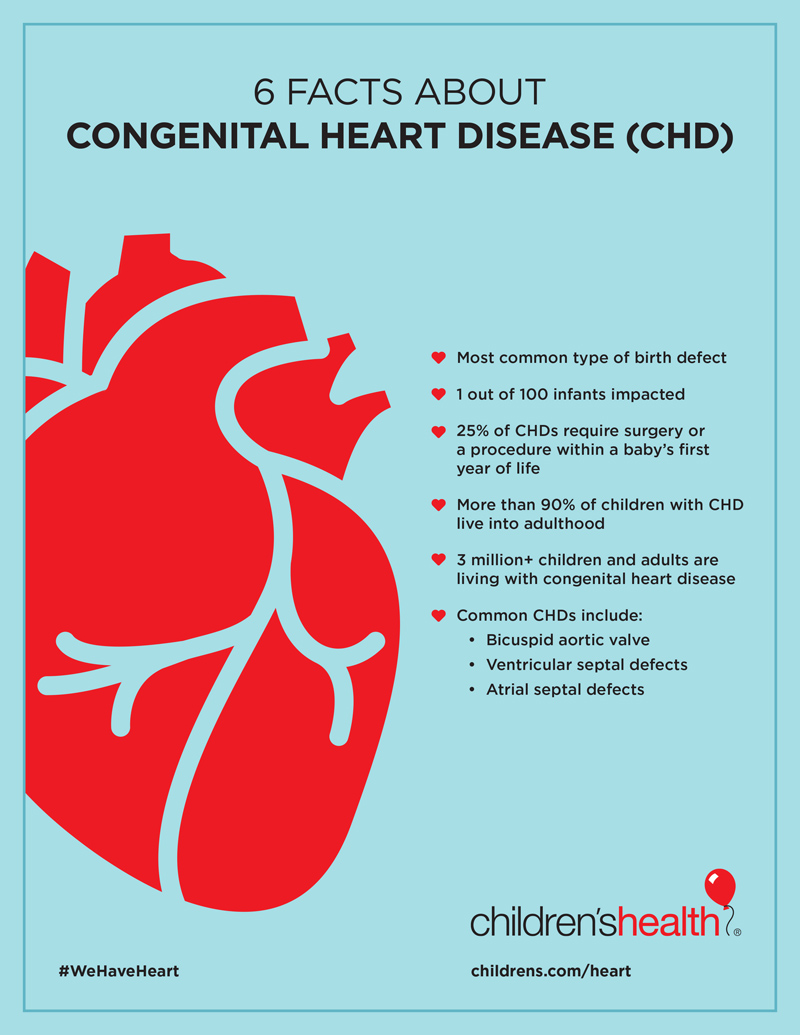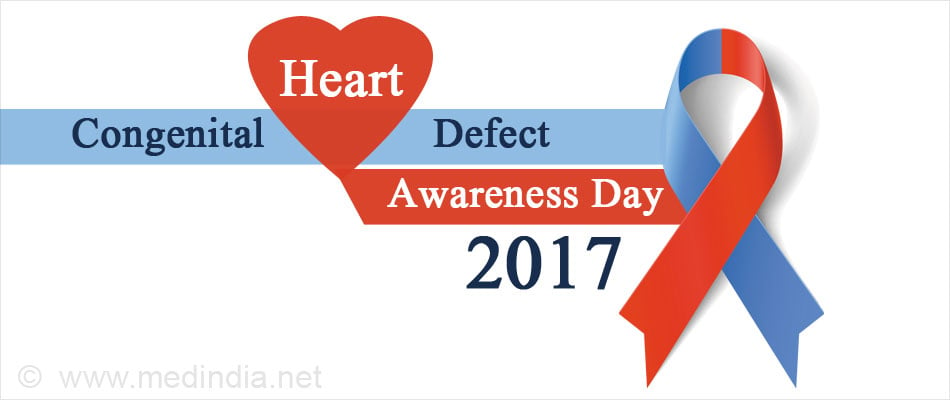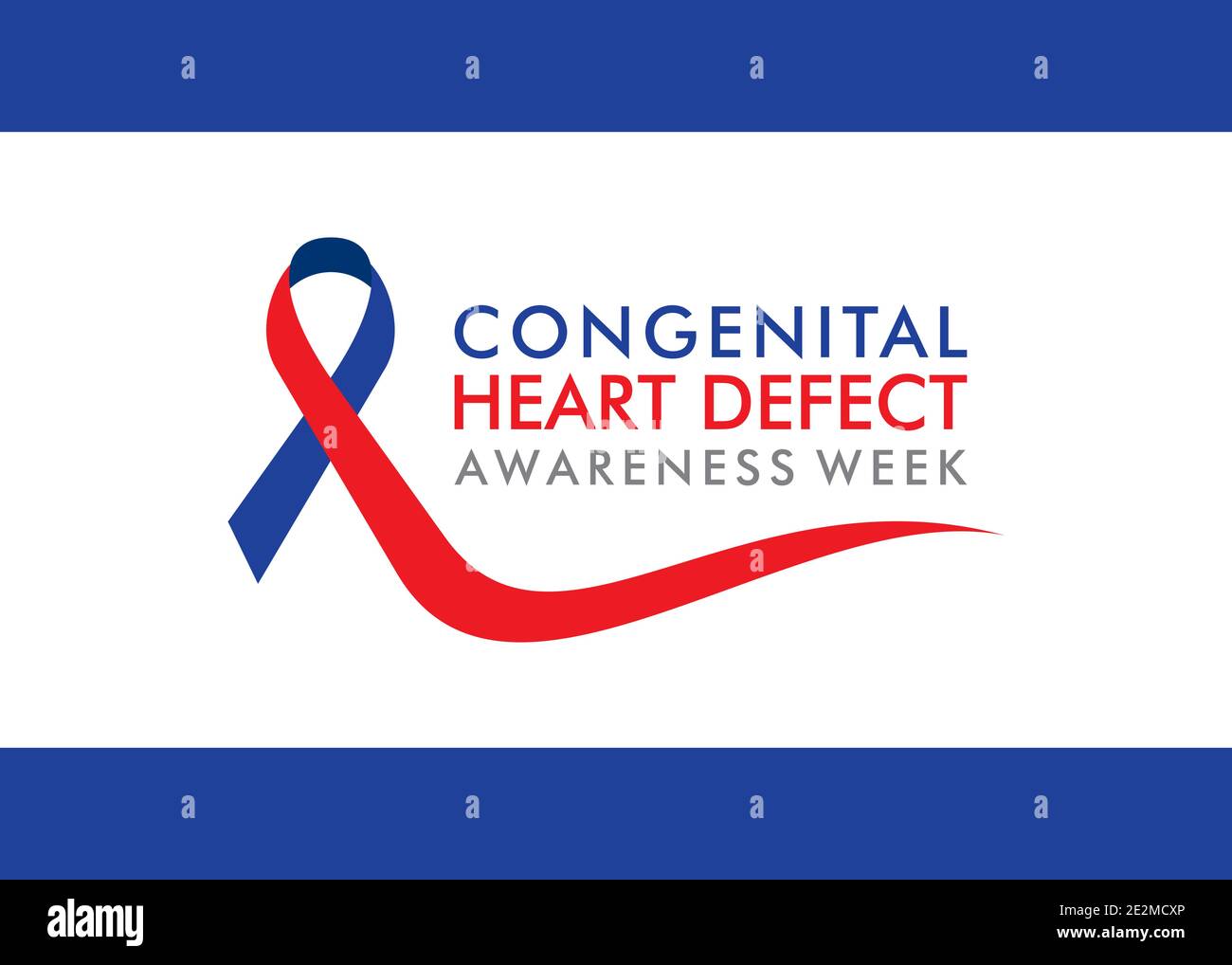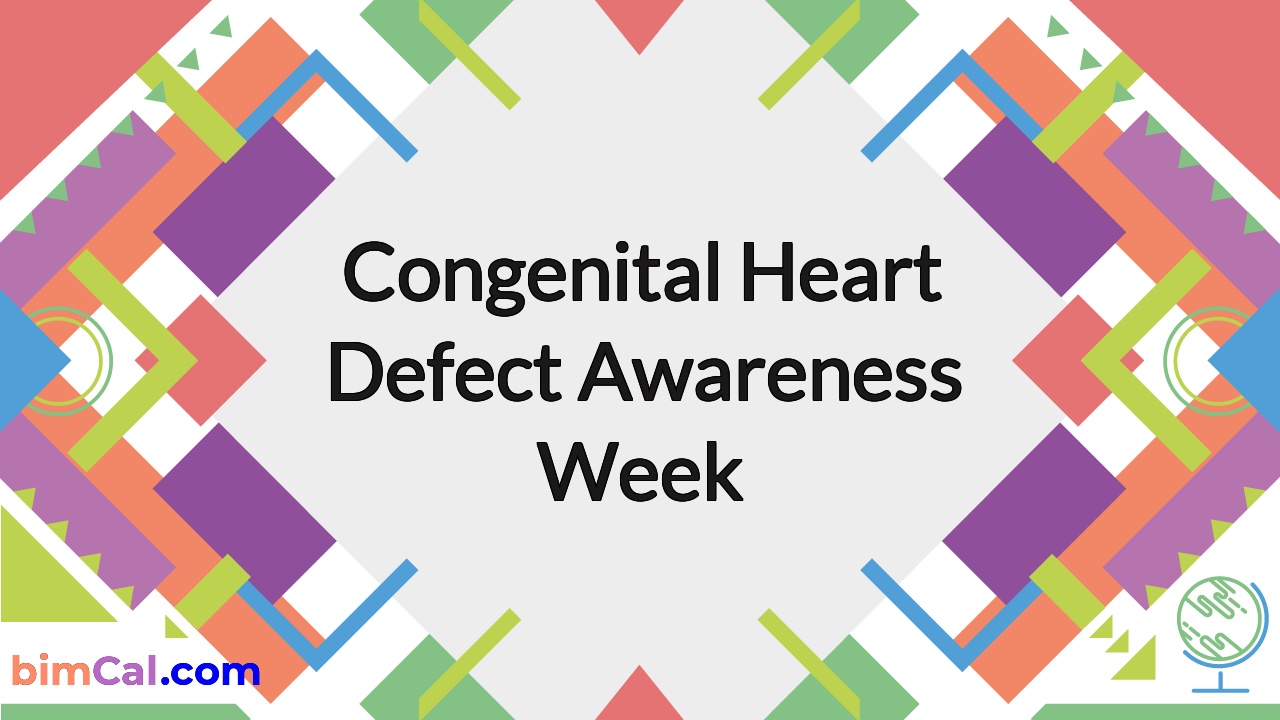Congenital Heart Disease Day
Congenital heart disease day. FebruaryHeart MonthCongenital Heart Disease is Chronic and Care is Costly 73 words Individuals and organizations are invited to join the Congenital Heart Disease Day of Education on Monday February 5. Incidence is higher in stillborns 34 spontaneous abortuses 1025 and premature infants about 2 excluding patent ductus arteriosus PDA About 23 in 1000 newborn infants will be symptomatic with heart disease in the 1st year of life. Congenital heart defects are problems with the hearts structure that are present at birth.
Date and time Fri 11 Jun 2021 from 1200pm to 130pm. Congenital heart disease means a heart condition or defect that develops in the womb before a baby is born. Many types of congenital heart defects cause the heart to work harder than it should.
Congenital heart disease can have a number of symptoms particularly in babies and children including. Rapid breathing and heartbeat Swelling around eyes and in legs and tummy Swelling in hands ankles or feet Blue tinge to the skin Shortness of breath during feeding which makes it difficult for them to gain. Rapid heartbeat rapid breathing swelling of the legs tummy or around the eyes extreme tiredness and fatigue a blue tinge to the skin cyanosis tiredness and rapid breathing when a baby is.
Babies who have congenital heart defects may have cyanosis or tire easily when feeding. Congenital heart disease or a congenital heart defect refers to an abnormality that is present in an individual at birth. For example a babys heart valves may not be properly formed or there may be holes between the chambers of their heart.
Congenital heart defects CHDs are problems present at birth that affect the structure and function of the heart. These defects can involve the interior walls of the heart the valves inside the heart or the arteries and veins that carry blood to the heart or out to the body. About this event.
Here are some common signs of congenital heart disease as per National Health Service. Epidemiology Congenital heart disease occurs in 0508 of live births. There are many different types of congenital heart disease.
This equates to 1 child every 15 minutes. CHDs are Americas most common birth defect affecting nearly 40000 babies each year in the US alone.
Many types of congenital heart defects cause the heart to work harder than it should.
FebruaryHeart MonthCongenital Heart Disease is Chronic and Care is Costly 73 words Individuals and organizations are invited to join the Congenital Heart Disease Day of Education on Monday February 5. On this occasion let us take a look at congenital heart disease. Congenital heart disease affects 12 children born in the UK every day and is the commonest type of congenital anomaly. Many types of congenital heart defects cause the heart to work harder than it should. FebruaryHeart MonthCongenital Heart Disease is Chronic and Care is Costly 73 words Individuals and organizations are invited to join the Congenital Heart Disease Day of Education on Monday February 5. The Adult Congenital Heart Association is a resource advocate and knowledge base for everyone affected. Rapid breathing and heartbeat Swelling around eyes and in legs and tummy Swelling in hands ankles or feet Blue tinge to the skin Shortness of breath during feeding which makes it difficult for them to gain. There are many types of structural defects but they often lead to reduced oxygen levels in the blood cyanosis blue baby or heart failure and may require complex surgery in early childhood. The challenge for clinicians who care for.
However increasingly there is an understanding that promoting physical activity benefits the health and well-being of children and adults with CHD. This webinar will highlight the importance of looking out for acquired heart disease which can develop in patients with congenital heart disease. Here are some common signs of congenital heart disease as per National Health Service. The Adult Congenital Heart Association is a resource advocate and knowledge base for everyone affected. 1 The routine use of B-mode ultrasound to accurately diagnose structural congenital heart disease CHD in the fetus began in the 1980s with groups in the UK and USA publishing case series demonstrating the utility of this technique. Rapid heartbeat rapid breathing swelling of the legs tummy or around the eyes extreme tiredness and fatigue a blue tinge to the skin cyanosis tiredness and rapid breathing when a baby is. Babies who have congenital heart defects may have cyanosis or tire easily when feeding.












































Post a Comment for "Congenital Heart Disease Day"